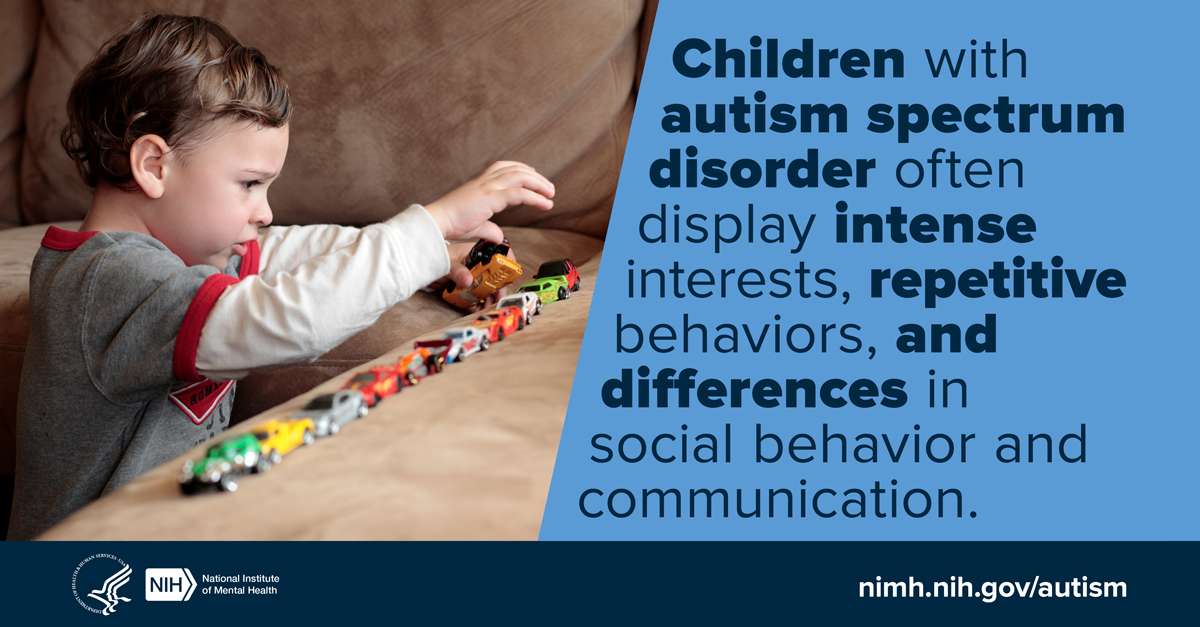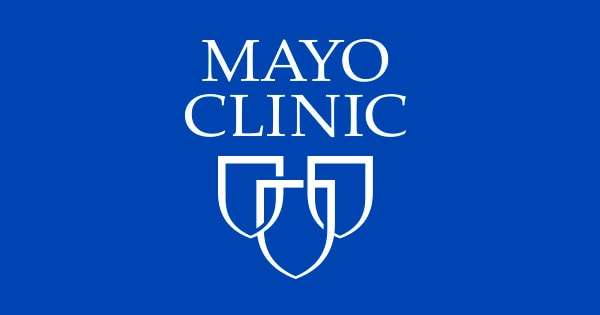The shift reflects how the practice of medicine has been changing, too. Doctors used to essentially be small-business owners. As such, they may have been more attracted to Republican aims of low taxes and limited regulation. These days, more and more doctors are employees of large companies or hospitals.
Should you care if your doctor is a Democrat or a Republican? Maybe. Professor Hersh and Dr. Goldenberg used their data on doctors’ partisan identification to conduct a study of primary care physicians, published in the Proceedings of the National Academy of Sciences this week.
They asked the doctors to consider a group of hypothetical patients: one who smoked, one who drank, one who was overweight, and so on. They found that doctors viewed most of their patients’ health with similar seriousness and would advise similar responses. But for three of the hypothetical patients, they found differences. Those patients were devised to have health problems closely tied to hot-button political issues: One used marijuana, one owned guns, and one had a history of abortions. For those patients, Republican and Democratic doctors registered different levels of concern and said they would respond differently.
When it came to the patient with a history of abortions, doctors who were Republican said they would be more likely to encourage the patient to seek counseling and express concern about mental health consequences; they also said they would be more likely to discourage the patient from seeking future abortions. For the patient who used marijuana, Republican doctors said they’d be more likely to ask the patient to cut back and to discuss legal risks of using the drug, which is banned under federal and most state laws. For the patient with guns, doctors who were Democrats indicated they’d be more likely to tell the patient not to keep guns at home. Republican doctors, on the other hand, would be more likely to discuss safe storage options.
“These findings suggest you are going to get different care,” Professor Hersh said, adding that the differences might not matter much for the average patient. But they might for patients whose needs were closely related to politically divisive subjects, like reproductive health, with issues like contraception, abortion and prenatal screening; or H.I.V. prevention, with risk factors that include sex and intravenous drug use.
Primary care doctors and obstetrician-gynecologists, the doctors most likely to consider such issues, were among the most evenly split in the study sample. That means that patients probably can’t guess the political leanings of their doctor without asking (or checking the voter file data). The current study is only a survey, but Professor Hersh said he hopes the research spurs more examinations of how ideology shapes medical practice.
Professor Hersh and Dr. Goldenberg constructed the data set by assembling a large sample of doctors from the federal government’s National Provider Index, a file of every physician in the United States who either bills insurance or shares data digitally. There are very few doctors who are not included in this file.
People of all genders, races, ethnicities, and economic backgrounds can be diagnosed with ASD. Although ASD can be a lifelong disorder, treatments and services can improve a person’s symptoms and daily functioning. The American Academy of Pediatrics recommends that all children receive screening for autism. Caregivers should talk to their child’s health care provider about ASD screening or evaluation.
Autism is known as a “spectrum” disorder because there is wide variation in the type and severity of symptoms people experience.
According to the Diagnostic and Statistical Manual of Mental Disorders (DSM-5), a guide created by the American Psychiatric Association that health care providers use to diagnose mental disorders, people with ASD often have:
Autism spectrum disorder (ASD) is a neurological and developmental disorder that affects how people interact with others, communicate, learn, and behave. Although autism can be diagnosed at any age, it is described as a “developmental disorder” because symptoms generally appear in the first two years of life.
People on the autism spectrum also may have many strengths, including:
People with ASD have difficulty with social communication and interaction, restricted interests, and repetitive behaviors. The list below gives some examples of common types of behaviors in people diagnosed with ASD. Not all people with ASD will have all behaviors, but most will have several of the behaviors listed below.
Researchers don’t know the primary causes of ASD, but studies suggest that a person’s genes can act together with aspects of their environment to affect development in ways that lead to ASD. Some factors that are associated with an increased likelihood of developing ASD include:
Diagnosing ASD
Health care providers diagnose ASD by evaluating a person’s behavior and development. ASD can usually be reliably diagnosed by the age of two. It is important to seek an evaluation as soon as possible. The earlier ASD is diagnosed, the sooner treatments and services can begin.
Diagnosis in Young Children
Diagnosis in young children is often a two-stage process.
Stage 1: General Developmental Screening During Well-Child Checkups
Every child should receive well-child check-ups with a pediatrician or an early childhood health care provider. The American Academy of Pediatrics recommends that all children receive screening for developmental delays at their 9-, 18-, and 24- or 30-month well-child visits, with specific autism screenings at their 18- and 24-month well-child visits. A child may receive additional screening if they are at high risk for ASD or developmental problems. Children at high risk include those who have a family member with ASD, show some behaviors that are typical of ASD, have older parents, have certain genetic conditions, or who had a very low birth weight.
Considering caregivers’ experiences and concerns is an important part of the screening process for young children. The health care provider may ask questions about the child’s behaviors and evaluate those answers in combination with information from ASD screening tools and clinical observations of the child. Read more about screening instruments on the Centers for Disease Control and Prevention (CDC) website.
If a child shows developmental differences in behavior or functioning during this screening process, the health care provider may refer the child for additional evaluation.
Stage 2: Additional Diagnostic Evaluation
It is important to accurately detect and diagnose children with ASD as early as possible, as this will shed light on their unique strengths and challenges. Early detection also can help caregivers determine which services, educational programs, and behavioral therapies are most likely to be helpful for their child.
A team of health care providers who have experience diagnosing ASD will conduct the diagnostic evaluation. This team may include child neurologists, developmental pediatricians, speech-language pathologists, child psychologists and psychiatrists, educational specialists, and occupational therapists.
The diagnostic evaluation is likely to include:
- Medical and neurological examinations
- Assessment of the child’s cognitive abilities
- Assessment of the child’s language abilities
- Observation of the child’s behavior
- An in-depth conversation with the child’s caregivers about the child’s behavior and development
- Assessment of age-appropriate skills needed to complete daily activities independently, such as eating, dressing, and toileting
Because ASD is a complex disorder that sometimes occurs with other illnesses or learning disorders, the comprehensive evaluation may include:
- Blood tests
- Hearing test
The outcome of the evaluation may result in a formal diagnosis and recommendations for treatment.
Diagnosis in older children and adolescents
Caregivers and teachers are often the first to recognize ASD symptoms in older children and adolescents who attend school. The school’s special education team may perform an initial evaluation and then recommend that a child undergo additional evaluation with their primary health care provider or a health care provider who specialize in ASD.
A child’s caregivers may talk with these health care providers about their child’s social difficulties, including problems with subtle communication. These subtle communication differences may include problems understanding tone of voice, facial expressions, or body language. Older children and adolescents may have trouble understanding figures of speech, humor, or sarcasm. They also may have trouble forming friendships with peers.
Diagnosis in adults
Diagnosing ASD in adults is often more difficult than diagnosing ASD in children. In adults, some ASD symptoms can overlap with symptoms of other mental health disorders, such as anxiety disorder or attention-deficit/hyperactivity disorder (ADHD).
Adults who notice the signs and symptoms of ASD should talk with a health care provider and ask for a referral for an ASD evaluation. Although evaluation for ASD in adults is still being refined, adults can be referred to a neuropsychologist, psychologist, or psychiatrist who has experience with ASD. The expert will ask about:
- Social interaction and communication challenges
- Sensory issues
- Repetitive behaviors
- Restricted interests
The evaluation also may include a conversation with caregivers or other family members to learn about the person’s early developmental history, which can help ensure an accurate diagnosis.
Obtaining a correct diagnosis of ASD as an adult can help a person understand past challenges, identify personal strengths, and find the right kind of help. Studies are underway to determine the types of services and supports that are most helpful for improving the functioning and community integration of autistic transition-age youth and adults.




